Rainwater harvesting (RWH) is the collection and storage of rainwater, instead of allowing it to run; it is collected from a roof-like surface and transmitted to a tank, cistern, deep pit (well, shaft, or borehole), aquifer, or a reservoir with purification so that it seeps down and restores the groundwater.
Therefore it is capturing rain water when it falls and to be used for the rainy season.
Here we will learn about rainwater harvesting system, types of rainwater harvesting & how does a rainwater harvesting system work?
Introduction to Rainwater Harvesting:
Rainwater Harvesting is a system of collecting and storing rainwater in tanks and other reservoirs for future use.
The crisis of drought is due to the non-availability of consumptive water.
Also, non-consumptive water, i.e., the water we need for domestic, agricultural, and industrial use and the water in the dam-reservoirs is made available hydel power generation.
If the rains are late or inadequate, the rate of infiltration is reduced, there is a shortage of surface water and groundwater to severe drought conditions.
For controlling the end product, it is necessary to harvest the water (save it for a non-rainy day or non-rainy year).
Purpose of Water Harvesting:
- To provide sufficient water for drinking and irrigation purposes.
- To provide sufficient water for groundwater recharging purposes.
- Reduce the danger of over-flow of surface runoff, causing floods.
- Also, to reduce the pressure of the sewage treatment plants in the urban areas (over flooding in the urban areas, makes blocking of the sewers, which causes the backwater flows of sewage which creates unhygienic conditions).
Methods of Rainwater Harvesting:
Surface runoff rainwater harvesting:
In the city, the rainwater flows as surface runoff.
This runoff water can trapped and used to recharge aquifers by adopting appropriate methods.
Roof Top Rain Water Harvesting:
It is a system of capturing rainwater where it falls.
In roof harvesting, the roof turns into a catchment, and rainwater is collected from the roof of the house / building.
It can either be stored in a tank or diverted to a man-made recharge system.
This technique is cheap, very efficient and if applied properly helps in growing the groundwater level of the area.
Parameters considered in the design of Rain Water Harvesting:
(1) The requirement of local rainfall data.
(2) Weather condition.
(3) The need for roof collection data.
(4) The number of users (N) and their water consumption rate.
(5) Runoff coefficient: (0.5-0.9) (Depending upon the slope of the roof and its material, the runoff coefficient various between 0.5 to 0.9)
(6) RWH system components and their size.
(7) Different methods for sizing the RWH system components hence use the proper method for deciding the RWH components.
(8) Selection of the appropriate way to design the system components depends upon the following parameters;
(i) The size of the RWH system.
(ii) The size of the RWH system components.
(iii) Expert, their experience, and level of education for proper design.
(iv) Availability of tools needed for employing a particular method.
(9) Methods for sizing rainwater harvesting.
There are two methods used for sizing the RWH are demand size approach & supply-side approach.

Importance of Rainwater Harvesting:
Rainwater harvesting refers to the process where rainwater slowly collects and accumulates so that it can be used for agricultural, commercial, or domestic purposes.
The importance of rainwater harvesting system development is summarized below:
- The collected rainwater is for agricultural purposes.
- Collected rainwater for the drought.
- Water to feed livestock.
- Increasing water demand can be satisfied.
- The amount of underground water may increase.
- Wastes, gutters, or any water runoff and water damage can be prevented.
- Water penetration can be checked on roads, and flooding in areas can be avoided.
- The amount of water can be increased, and soil erosion can be checked.
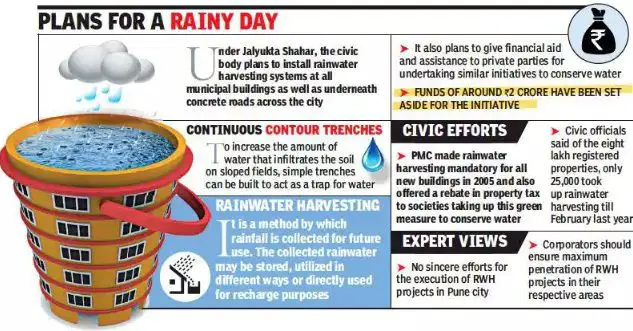
Advantages of Rainwater Harvesting:
1.Water for domestic use:
Rainwater harvesting is beneficial because it provides a source of water for internal use.
The collected water can be used for household cleaning purposes, washing and cooking & suitable for drinking rainwater, when treated.
2. Water for industrial use:
Industries can use rainwater in some of their processes; rainwater is harvested on a large scale for industrial use.
Such companies can build their dams or tank underground to store rainwater.
3. Supplemental water sources:
Many areas face a shortage of water in summer as a result of a lack of rainfall and high rates of evaporation.
It can be challenging to obtain a reliable source of water during these periods, due to high demand and low supply, people selling water can raise their prices.
4. Cost-Effective:
We let rainwater to go away because it is happening naturally.
If we store enough water during the rainy season, you will never have to pay for the water as you will have enough supply in the summer.
This will reduce your monthly expenditure on water bills.
5. A reliable flow of crop water:
Even though the transmission of rainwater depends on rainfall, once stored, the available quantity is guaranteed to be supplied.
The uninterrupted flow of water from the storage location may occur until the harvesting volume is exhausted.
Location-suitability also has benefits because the source of water is at a nearby place.
6. Flood Effects Mitigates / Reduces:
Rainwater harvesting plays an essential role in reducing or mitigating the effects of floods.
When rainwater is store in dams, its movement is controlled.
This prevents the accumulation of water in an area, which often causes flooding. Rivers can also flow and cause flooding in the surrounding areas.
The adverse effects of floods are very high and expensive, therefore rainwater harvesting is an effective way to mitigate the impact of this natural disaster.
7. Building and Construction:
The collected rainwater can be used for construction; the process of building a house requires a lot of water.
Rainwater harvesting will control the water for this activity.
8. Helps prevent water pollution:
Rainwater flowing over the surface of the ground can carry many impurities and toxins.
When it enters the water bodies, it pollutes them due to the accumulation of these impurities hence preventing the pollution of water bodies.
9. Irrigation:
Rain is suitable for farming because once it is harvested, it can be used for irrigation, especially during summer, farmers can get an abundant crop.
10. Saves potable water:
Instead of using clean and treated water for washing in the toilet and for other purposes, rainwater can be used.
This saves potable water, which will then only be used for drinking and cooking.
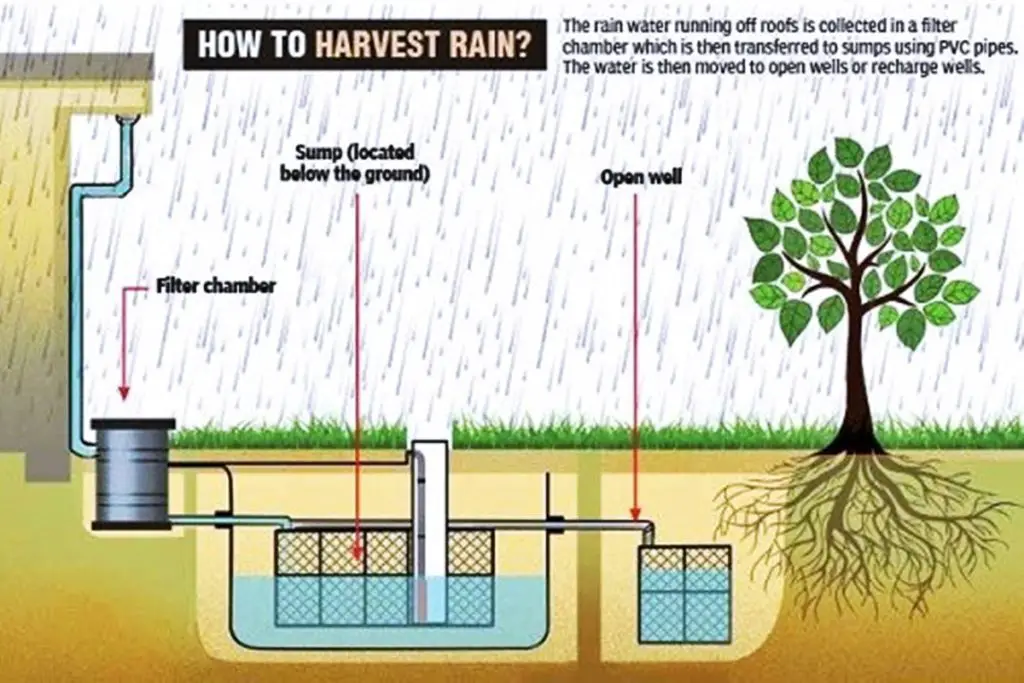
Disadvantages of Rainwater Harvesting:
1. Additional Expenses:
To make water suitable for human consumption, treating the rainwater will cost extra expenditures.
2. Massive effort and necessary resources:
Building a dam or an underground tank before harvesting rainwater will have to spend considerable amounts of resources.
There are other cheaper means, but it will not collect a fair amount of water.
3. Dependent Rain:
When there is no rain, you cannot produce rainwater, therefore this process depends on the availability of rain, which can sometimes be very untrustworthy.
4. Limited Storage:
If it rains for three months, water cannot be stored because there is insufficient storage space to store the rainwater.
5. Risk of contamination:
If not protected with care, rain may be contaminated and it can cause many health problems, especially when water is treated without treating waterborne diseases.
6. Cleaning and Maintenance:
Storage facilities must be cleaned and maintained, the underground water tank is not easy to clean, and the dam is costly to maintain.
This leads to the idea of insufficient harvesting of rainwater.
7. Dual Cost:
More than twice the expenditure for paying their regular water bills, installing and maintaining a rainwater harvesting system.
8. Chemicals:
Some roofs contain chemicals and impurities that mix with rainwater. When it is consumed, this water can affect human health due to diseases and other health conditions.
9. Acidic Rain:
Sometimes the rain falling due to pollution is acidic; this type of rainwater circulation is dangerous because the chemical is contained.
Using acid rain for irrigation can result in the death of crops because it destroys soil quality and creates conditions that are not favorable to the sprouting.
When the soil has a high pH, the plants do not grow properly.
10. Lack of water for wildlife:
Wild animals drink water from natural sources such as seasonal rivers and streams.
This water is used for cooling in hot climates, hence reduces the amount of water that circulates in these rivers and streams.
This affects the ecosystem as some animals are likely to die due to harsh conditions.
Also read: Dewatering, Open Channel Flow & Hydraulic Cement
Conclusion:
Rainy Season is a remarkable season; it is a source of water and significant for growing crops and farming.
Due to weather variations, water sources may dry up, and the process effects animal, human, and plant life.
Rainwater harvesting is an excellent way for preparing in such periods because, as traditional water sources dry up, we can still use stored water for many purposes.

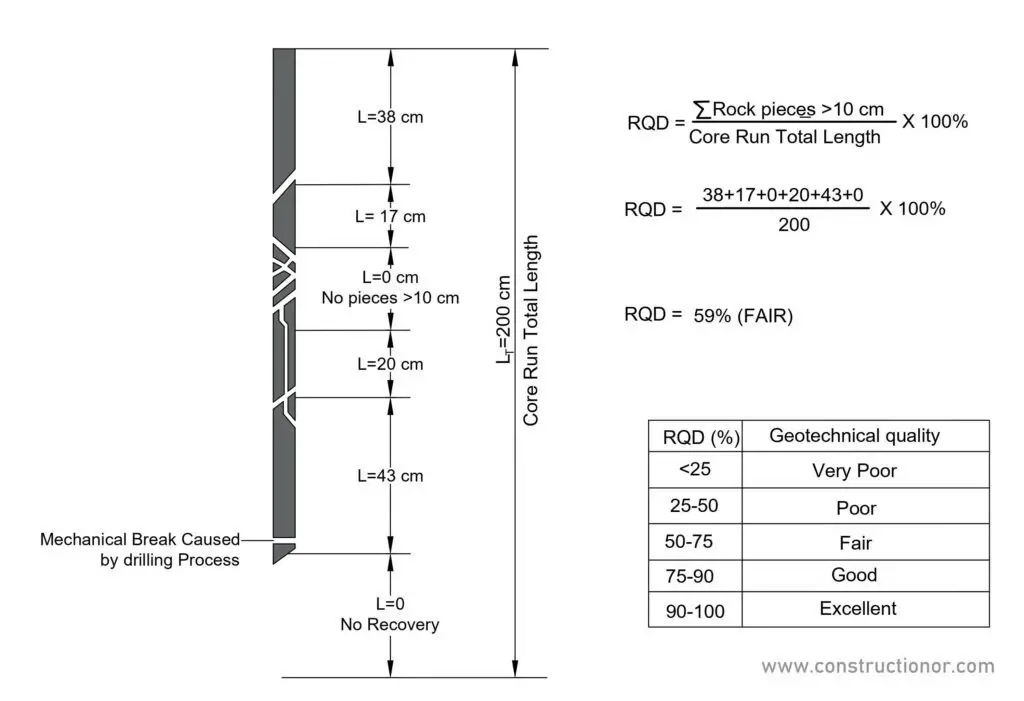



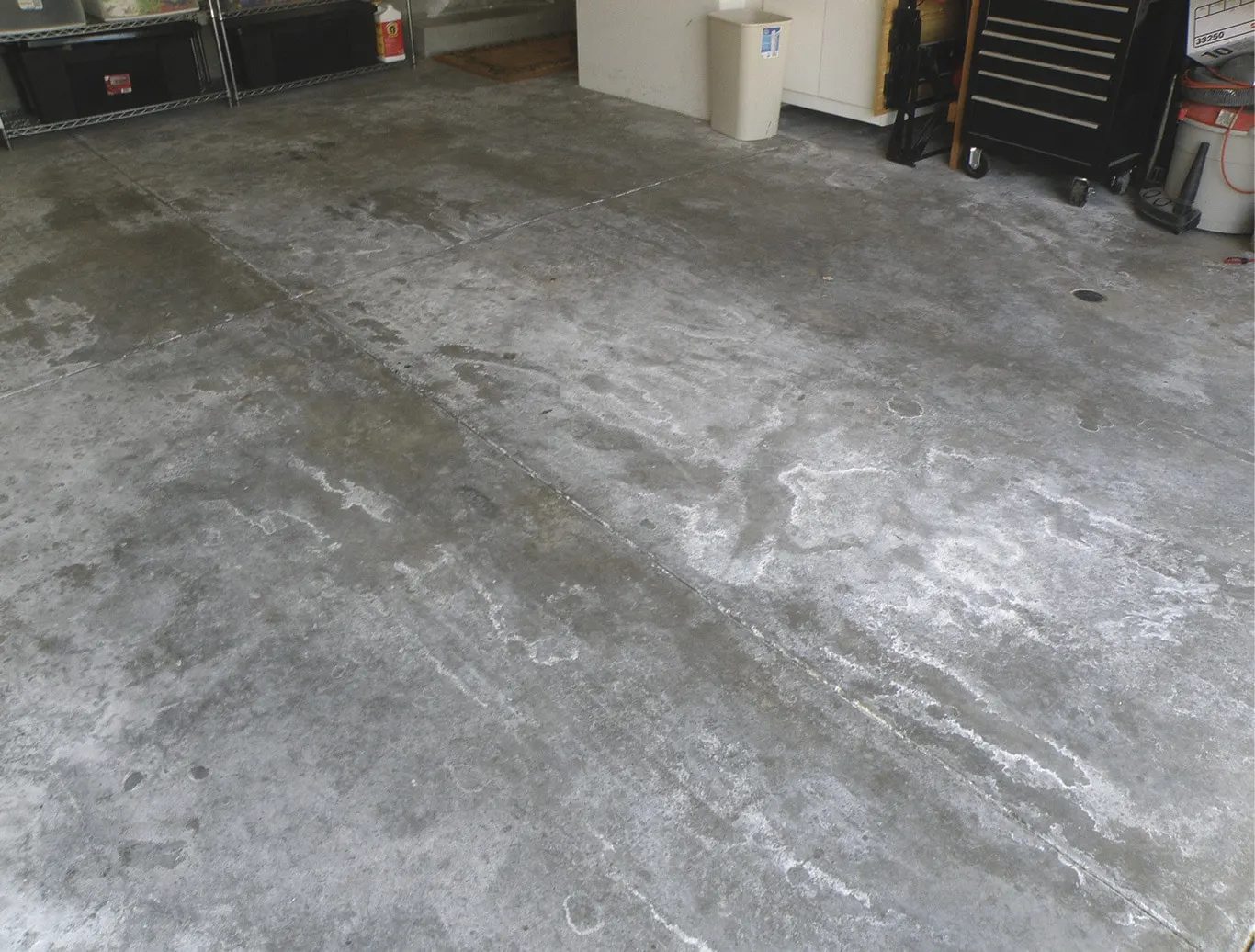
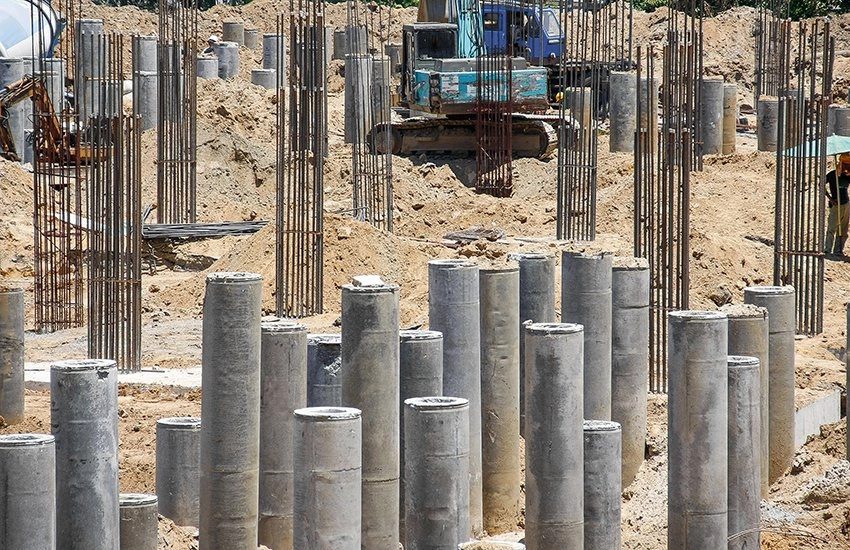

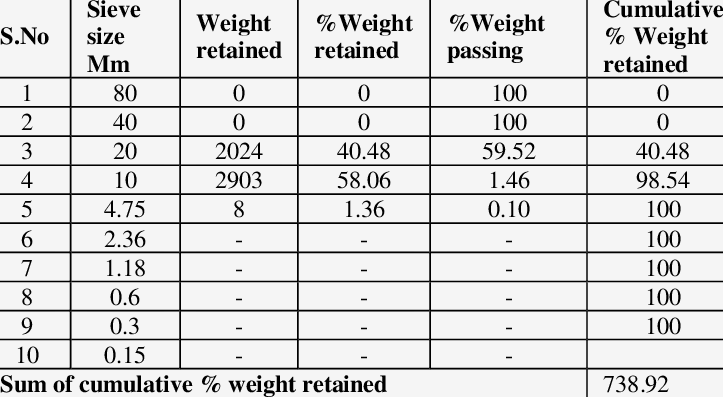

I am practising a new mullibeneficial Rooftop Rainwater Harvesting since 2010 in my Kozhikode (Kerala, ). House for the last 12 yrs The 3.all India level unique uses include Apart from .catching the Rain::where and when it falls that water is made Potable there and their il self to be sent to all parts of my house through the regular house pipe system. Elecurrent is gained aswater need not pumped up in Rainy days. Apart from these-all usual qualilies in a better way of any RainwateHarvesting system exists .
I am a Retd. Medicollege Professor and my household with six members (2 children), thus used about 30 lakhs Liters of Purified Rainwater in the last 12 yrs-no one affected by anywater borne disease-Maybe I st of such family in Kerala or even in the country
The method is termed Rooftop Domestic multiple fiber Tank MethodApart from various state Water Depts/scientists govt of India Regl groundwater Board Director made an inspection.report in Dec.2019 as per direction from Honble Prime Minister’s Jalanidhi office More on Requestvia above E-mail orph.-9495418540